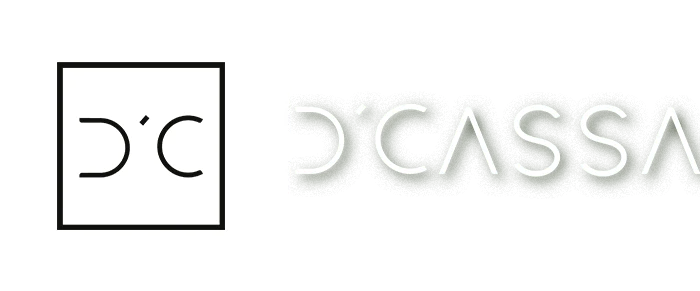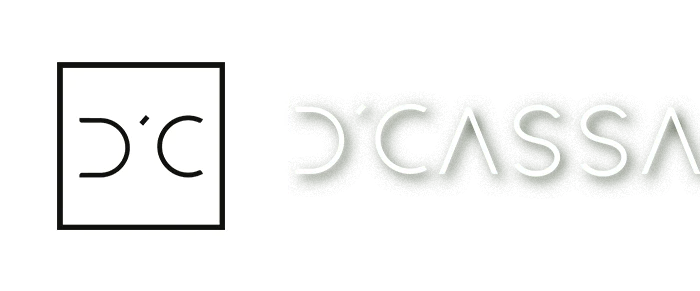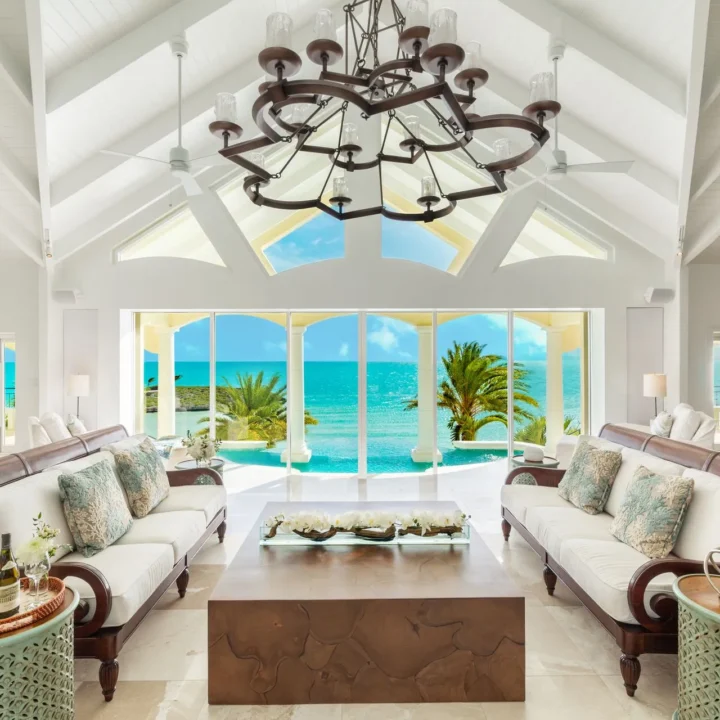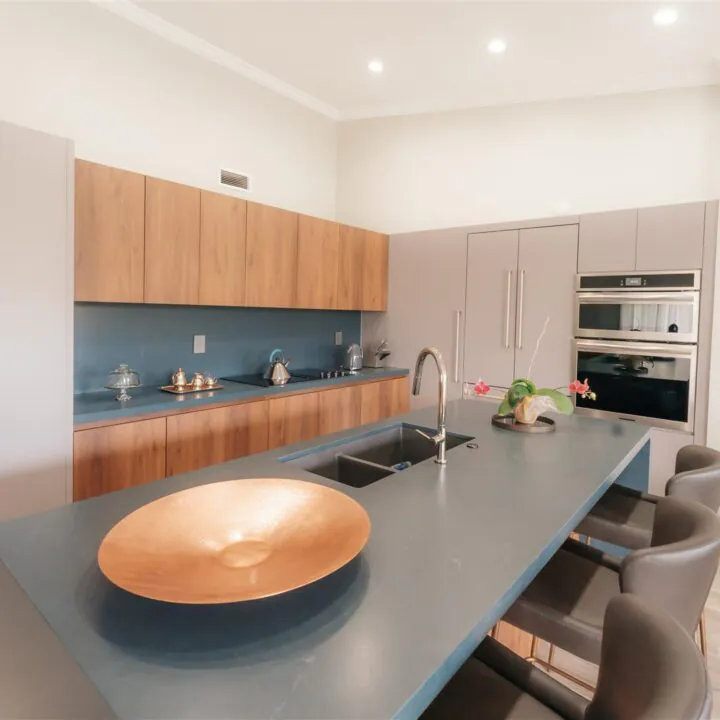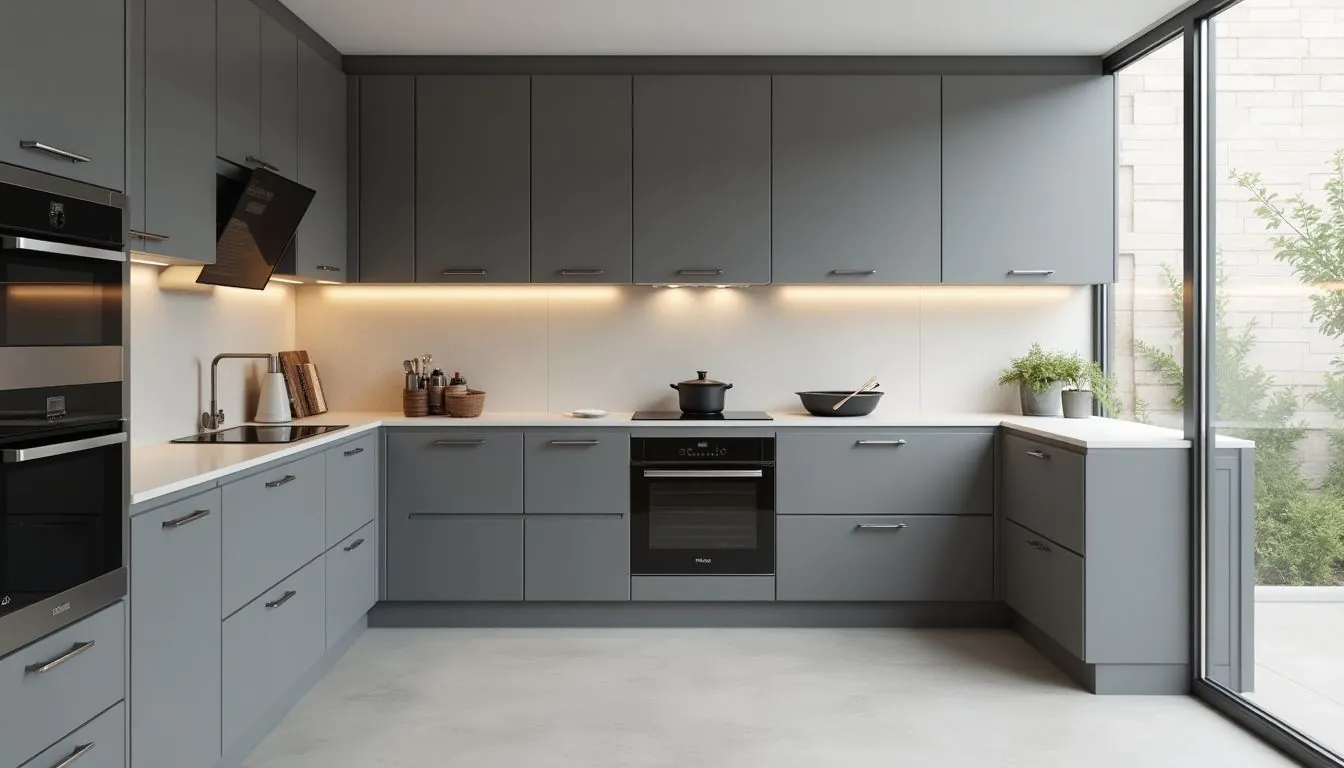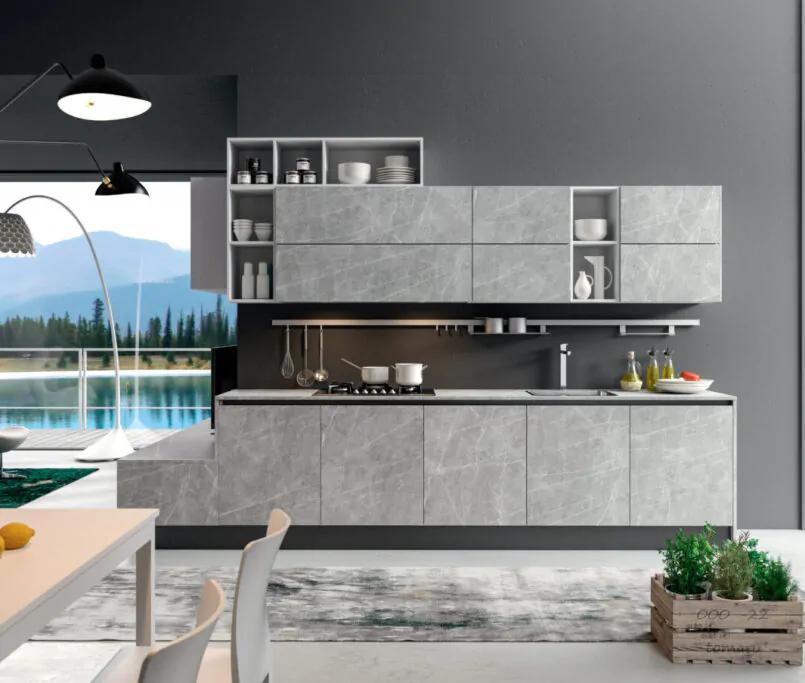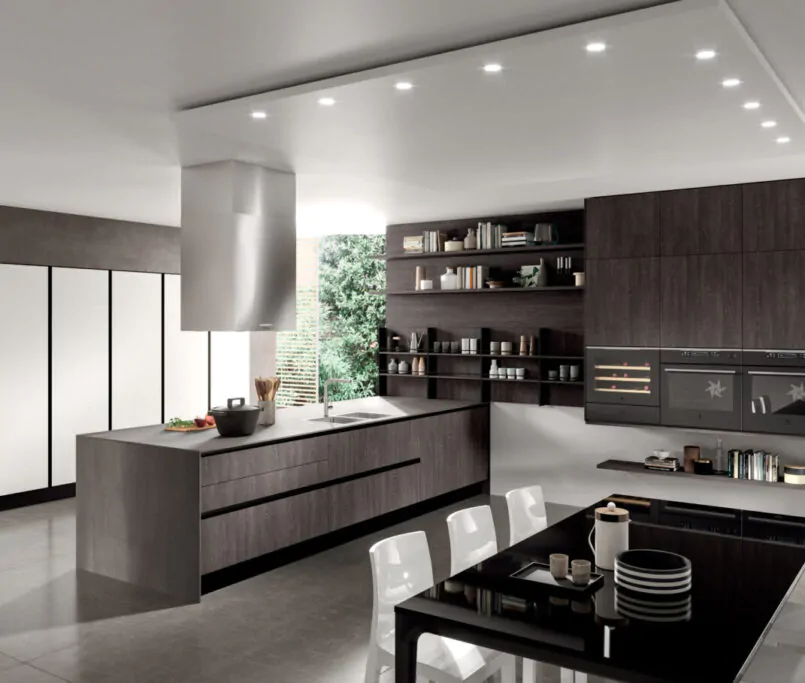In today’s world, kitchen cabinetry trends are influenced by various cultures around the globe. From the sleek lines of Japanese design to the vibrant colors of Mexican artistry, each style brings its own unique flair to kitchen spaces. This article explores these diverse influences and how they can inspire your own kitchen design.
Key Takeaways
-
Italian cabinetry combines luxury with practical design, showcasing fine craftsmanship.
-
Japanese kitchens focus on minimalism, using natural materials to create peaceful spaces.
-
Scandinavian designs emphasize simplicity and warmth, often featuring eco-friendly options.
-
Moroccan styles are all about bold colors and intricate patterns, adding a lively touch.
-
French provincial kitchens blend rustic charm with modern elements, often using soft colors and vintage pieces.
Italian Elegance in Kitchen Cabinetry

The Art of Italian Craftsmanship
Italian craftsmanship is known for its exceptional quality and attention to detail. When it comes to kitchen cabinetry, this means using the best materials and techniques. Here are some key features:
-
Handcrafted designs that reflect tradition.
-
Use of high-quality woods like oak and walnut.
-
Finishes that enhance the natural beauty of the materials.
Modern Elegance with Functional Design
Modern Italian kitchens blend elegance with practicality. This approach focuses on:
-
Clean lines and minimalistic styles.
-
Smart storage solutions that maximize space.
-
Open layouts that encourage social interaction.
Incorporating Luxury Materials
To achieve a luxurious feel in your kitchen renovation, consider these materials:
-
Marble countertops for a touch of sophistication.
-
Glass accents that add brightness and openness.
-
Custom kitchen cabinetry that showcases unique designs.
Italian kitchens are not just about looks; they are designed to be the heart of the home, where family and friends gather.
In projects like the Miami Residence Kitchen, the focus is on creating a space that is both beautiful and functional. The Boynton Beach Residence showcases how high-end appliances can be seamlessly integrated into the design. For a modern twist, the Eulalia Kitchen Project emphasizes minimalist aesthetics with hidden handles, making it easy to maintain while looking stunning.
By embracing these elements, you can transform your kitchen into a stylish and inviting space that reflects your personal taste.
Japanese Minimalism and Functionality
The Zen of Simplicity
Japanese kitchen design focuses on simplicity and calmness. Clean lines and uncluttered spaces create a peaceful environment. This style encourages a sense of tranquility, making cooking a more enjoyable experience.
Space-Saving Techniques
In small kitchens, every inch counts. Here are some effective space-saving techniques:
-
Multi-functional furniture: Use tables that can be folded or expanded.
-
Vertical storage: Install shelves that go up to the ceiling.
-
Hidden compartments: Look for cabinets that hide away appliances when not in use.
Natural Materials and Light
Natural materials play a big role in Japanese kitchens. Wood, stone, and bamboo are popular choices. Natural light is also essential, as it brightens the space and connects the indoors with the outdoors. Here’s a quick look at some materials:
|
Material |
Benefits |
|---|---|
|
Wood |
Warmth and texture |
|
Stone |
Durability and elegance |
|
Bamboo |
Eco-friendly and lightweight |
Embracing Japanese minimalism in your kitchen can lead to a more organized and peaceful cooking space. It’s all about finding balance and functionality in every detail.
This approach not only enhances the beauty of your kitchen but also makes it a more enjoyable place to cook and gather. Japanese design is about creating a harmonious environment that feels both inviting and practical.
Scandinavian Simplicity and Warmth
Embracing Hygge in the Kitchen
Scandinavian design is all about hygge, which means creating a cozy and inviting space. This style focuses on comfort and warmth, making the kitchen a perfect place for family gatherings. Here are some key elements:
-
Soft lighting to create a warm atmosphere
-
Comfortable seating areas for relaxation
-
Natural textures like wood and wool to enhance coziness
Neutral Tones and Clean Lines
In Scandinavian kitchens, you will often see neutral colors like white, gray, and beige. These colors help to create a calm and peaceful environment. Clean lines are essential, giving the kitchen a modern look. Here are some popular choices:
-
White cabinets for a fresh feel
-
Light wood accents for warmth
-
Minimalist decor to keep it simple
Sustainable and Eco-Friendly Choices
Scandinavian design also emphasizes sustainability. Many homeowners are choosing eco-friendly materials and practices. This not only helps the environment but also adds a unique touch to the kitchen. Some ideas include:
-
Using reclaimed wood for cabinets
-
Choosing energy-efficient appliances
-
Incorporating plants for a natural vibe
Scandinavian kitchens are not just about looks; they are designed to be functional and welcoming. By blending simplicity with warmth, these kitchens become the heart of the home.
In summary, Scandinavian simplicity and warmth create a kitchen that is both beautiful and practical. With a focus on comfort, clean lines, and sustainability, this style is perfect for anyone looking to create a cozy cooking space.
Moroccan Vibrancy and Patterns
Bold Colors and Intricate Designs
Moroccan kitchen cabinetry is known for its vibrant colors and detailed patterns. These elements bring a lively atmosphere to any kitchen. You can often find:
-
Bright reds, blues, and yellows
-
Geometric shapes and floral designs
-
Hand-painted tiles that add character
Traditional Moroccan Tile Work
Tile work is a key feature in Moroccan kitchens. The use of zellige tiles creates stunning backsplashes and countertops. These tiles are:
-
Made from clay and hand-cut
-
Available in various colors and patterns
-
Durable and easy to clean
Mixing Textures and Materials
Combining different materials is essential in Moroccan design. This approach creates depth and interest. Consider these combinations:
-
Wood cabinetry with metal accents
-
Textured fabrics for curtains and cushions
-
Colorful ceramics for decorative pieces
Moroccan design is all about creating a warm and inviting space that reflects a rich cultural heritage. Incorporating these elements can transform your kitchen into a vibrant oasis.
French Provincial Charm
Rustic Elegance with a Modern Twist
French Provincial style brings a unique blend of charm and sophistication to kitchen cabinetry. This design emphasizes a cozy, rustic feel while incorporating modern elements. The key is to balance traditional aesthetics with contemporary functionality.
The Use of Soft Pastels and Natural Woods
Soft pastel colors like light blues, greens, and creams are often used in French Provincial kitchens. These colors create a calm and inviting atmosphere. Natural wood finishes, such as oak or pine, add warmth and texture. Here are some popular choices for cabinetry materials:
-
Oak
-
Pine
-
Maple
Incorporating Vintage Elements
To enhance the French Provincial look, consider adding vintage elements. This can include:
-
Antique hardware
-
Distressed finishes
-
Open shelving with decorative items
The beauty of French Provincial design lies in its ability to create a welcoming space that feels both timeless and fresh.
Mexican Artistry and Color
Bright and Bold Color Schemes
Mexican kitchens are known for their vibrant colors that bring energy and warmth. Bright yellows, deep reds, and rich blues are common choices. These colors can be used in:
-
Cabinet finishes
-
Wall paint
-
Decorative accents
Handcrafted Details and Textures
One of the most beautiful aspects of Mexican kitchen design is the handcrafted elements. Artisans create unique pieces that add character. Some popular handcrafted details include:
-
Hand-painted tiles
-
Wrought iron fixtures
-
Wooden carvings
The Influence of Talavera Tiles
Talavera tiles are a hallmark of Mexican design. These colorful tiles can be used for backsplashes, countertops, or even flooring. They often feature intricate patterns that tell a story. Incorporating these tiles can transform a kitchen into a work of art.
Mexican kitchens celebrate culture through color and craftsmanship. They invite warmth and joy into the heart of the home.
Indian Opulence and Detail

Rich Colors and Ornate Designs
Indian kitchen cabinetry is known for its vibrant colors and intricate designs. The use of rich hues like deep reds, golds, and greens creates a warm and inviting atmosphere. These colors can be paired with detailed carvings and patterns that reflect traditional Indian artistry.
The Use of Traditional Indian Motifs
Incorporating traditional motifs into cabinetry can add a unique touch. Here are some popular motifs:
-
Lotus flowers
-
Peacock feathers
-
Geometric patterns
These designs not only enhance the beauty of the kitchen but also tell a story of culture and heritage.
Balancing Opulence with Functionality
While Indian cabinetry is often luxurious, it’s important to maintain functionality. Here are some tips to achieve this balance:
-
Choose multi-functional pieces that serve more than one purpose.
-
Incorporate smart storage solutions to keep the kitchen organized.
-
Select durable materials that withstand daily use while looking elegant.
The beauty of Indian kitchen design lies in its ability to blend luxury with practicality, creating spaces that are both stunning and useful.
In summary, Indian opulence in kitchen cabinetry is characterized by rich colors, intricate designs, and a perfect balance of beauty and functionality. This style not only enhances the kitchen’s aesthetic but also reflects the rich cultural heritage of India.
Explore the beauty of Indian craftsmanship and intricate designs that bring luxury to life. Discover how these stunning details can transform your space into a masterpiece. Visit our website to learn more about our unique offerings and start your journey towards elegance today!
Final Thoughts
In conclusion, kitchen cabinetry trends that draw inspiration from cultures around the world can transform your cooking space into something truly special. By blending styles and ideas from different places, you can create a kitchen that is not only beautiful but also reflects your personality. Companies like D’Cassa show how high-quality design and craftsmanship can bring these global influences to life. Whether you prefer the sleek lines of modern Italian design or the warm, rustic charm of traditional styles, there’s a world of options to explore. Embracing these trends can make your kitchen a unique and inviting place for family and friends.
Frequently Asked Questions
What is D’Cassa known for?
D’Cassa is famous for making high-quality furniture and designing beautiful interiors, especially kitchens and closets.
How does Italian craftsmanship influence kitchen design?
Italian craftsmanship brings a special touch to kitchen design, focusing on elegance, quality materials, and detailed work.
What are some features of Japanese kitchen design?
Japanese kitchens often focus on simplicity, using natural materials and smart space-saving ideas to create a calm environment.
Why are Scandinavian kitchens popular?
Scandinavian kitchens are loved for their cozy feel, clean lines, and eco-friendly choices that make them both stylish and practical.
What makes Moroccan kitchen designs unique?
Moroccan kitchens stand out with their bright colors, detailed patterns, and the use of traditional tiles that add a lively touch.
How can I incorporate vintage elements into my kitchen?
You can add vintage elements by using old furniture, classic colors, or decorative pieces that remind you of the past.
